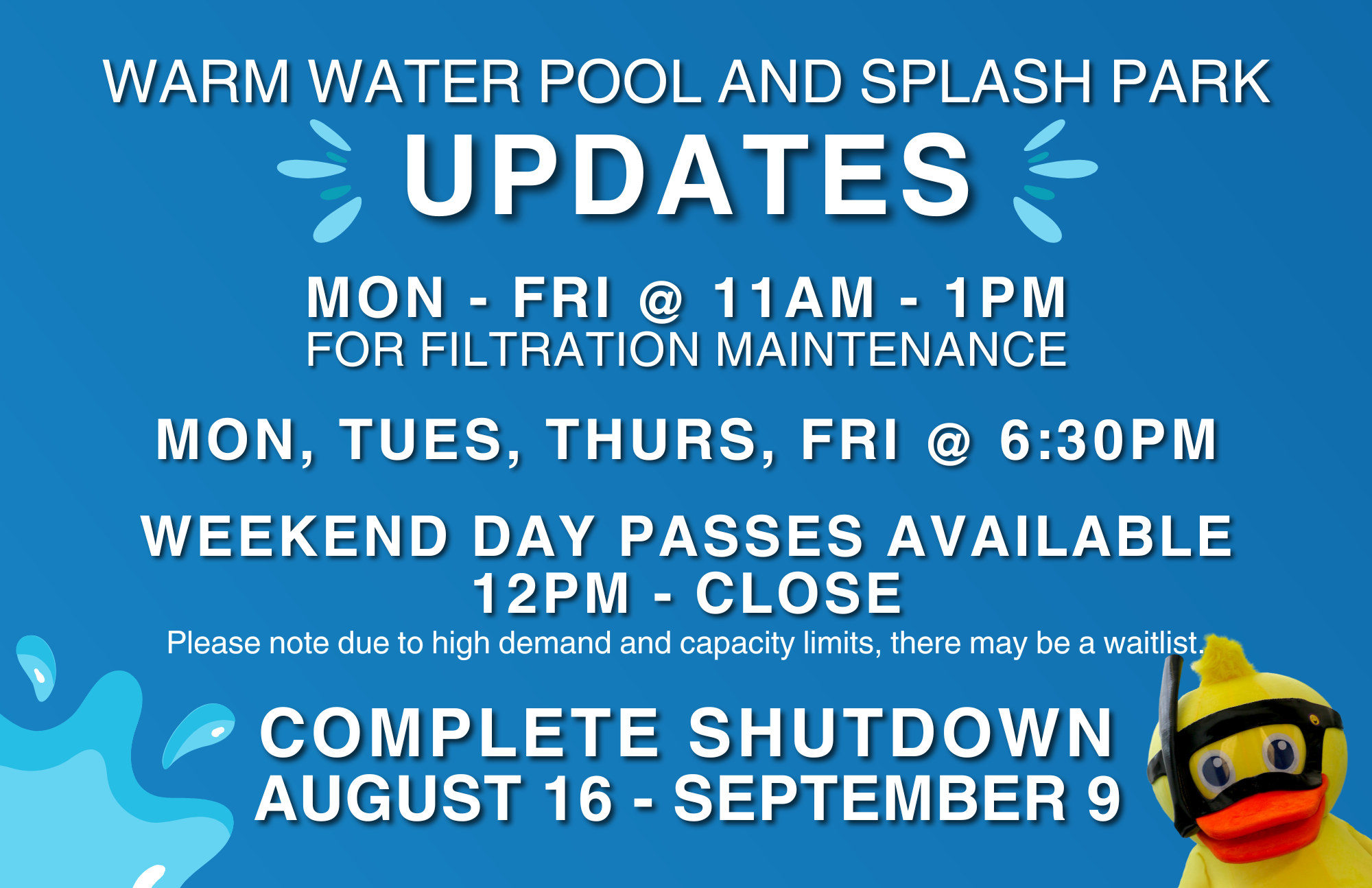Indoor rowers have gained in popularity over the past few years. Often neglected for glitzier machines, such as elliptical trainers or treadmills with all the “bells and whistles”, the indoor trainer is gaining popularity as a cardio machine that can provide a user a full-body, low-impact workout.
At UVAC, we have the “gold standard” in the indoor rowing world, the Concept 2. Concept 2 is manufactured in Vermont and is found in many gyms around the world.
In order to enjoy the indoor rower, aka as an “erg”, it is important to learn good rowing technique through drills and instruction. This blog series will help you become a better rower.
It is very important to check three things before you start rowing: the damper setting, the monitor level, and the foot stretchers.
- Check the Damper Setting – Why It is Important
If you are new to rowing, the damper could be set by the previous user at a high setting. Many times I find the damper setting at 10. Indoor rowing uses damper settings between 3 and 5. These settings best simulate being on water.
The damper is basically a fan. When it is set on 1, all the blades are closed and no air is getting in. Rowing is easy because you don’t have the air adding to resistance. On setting 10, all the blades are open and the resistance is very hard. An inexperienced rower could get on an indoor rower and get hurt with the damper being on setting 10. And if their technique is bad, it will further increase the likelihood of getting hurt.
Connecting the parts of the rowing stroke is more important to create power than trying to row at a setting of 10. There are exceptions to this rule, but for most of us, setting 10 is not going to make us better rowers because our technique will flounder.
2. Make Sure the Monitor is at Eye Level
When you get on the rower, adjust the monitor to eye-level. As you row, you want to make seeing your progress, strokes per minute and split times easy. You don’t want to add any additional movements that are not part of the rowing stroke. If your head is at an odd angle trying to see the monitor, you create unnecessary tension in your neck. Concentrating on proper strokes is hard enough, so make sure you can see the monitor without too much trouble.
3. Adjust the Foot Stretchers
The foot stretchers are adjustable on the Concept 2. They should be adjusted so that the strap is around the widest part of the foot. Once you adjust the foot stretchers, the strap can be tightened by pulling on the strap. As you become an accomplished rower, you can adjust the foot straps to your preference or comfort level.
Stay Tuned to the next Blog, which will cover the parts of the rowing stroke. It will be part blog and part vlog.
–By Susan Van Abs, UVAC Personal Trainer and rowing enthusiast



